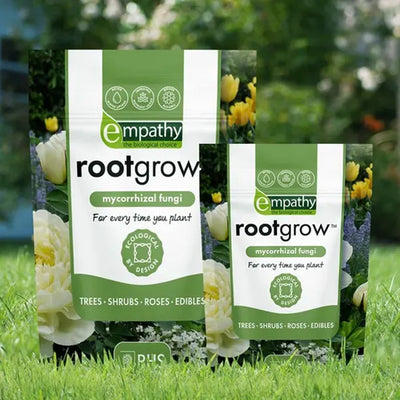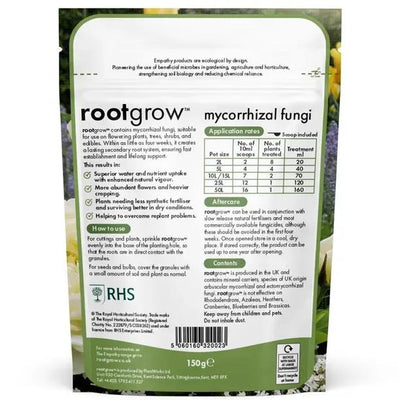Grenadier Cooking Apple Trees
The Grenadier Apple is one of the first cooking apples to ripen. The fruits are large, irregularly shaped, bright green, and you will get lots of them, but like all early apples, they don't store well.
The taste is tart and slightly acidic. The flesh is white and cooks down to a wonderful creamy, purée that works brilliantly in puddings or for apple sauce with your roast pork.
The tree isn't too vigorous and has an upright habit making it good for smaller gardens.
A huge advantage of the Grenadier is that it'll fight off almost all apple diseases - canker, scab, and mildew - and thus is suitable for wet and damp conditions where many apples may turn up their toes.
The early blossom is frost resistant so you are almost guaranteed reliable crops every year.
Browse our other apple trees.
Features
- Height: to 4.5 m
- Use: Cooking/juicing
- Pruning: Spur bearer
- Pollination: Partially Self Fertile
- Picking: Aug-Sept
- Apple colour: Green maturing to yellow
- Pollination: Group C
- Storage: 1 week
- RHS Award of Garden Merit
Growing Grenadier
Grenadier will fruit without other trees nearby but crop best with a pollination partner in group B, C or D.
Apple trees aren't only about culinary output: use them for a shady picnic spot in the summer or plant so that you can see the blossom from your kitchen window, underplant with spring bulbs and use a smaller clematis threaded through the boughs to make it a favourite feature all year round.
History & Trivia
Presumably a discovered seedling of unknown parentage, it was first recorded in 1862 and exhibited in 1863 by the nurseryman Charles Turner of Slough.
The RHS gave it a First Class Certificate in 1883 and then the AGM in 1993.
Promoted by the nurseryman George Bunyard of Maidstone, it became ever more popular until it was the most widely grown early cooking apple in the UK.








 Secure, One-Tap Checkout
Secure, One-Tap Checkout
 Hand Picked, Delivered to Your Door!
Hand Picked, Delivered to Your Door! 1 Year Bareroot Guarantee
1 Year Bareroot Guarantee

















